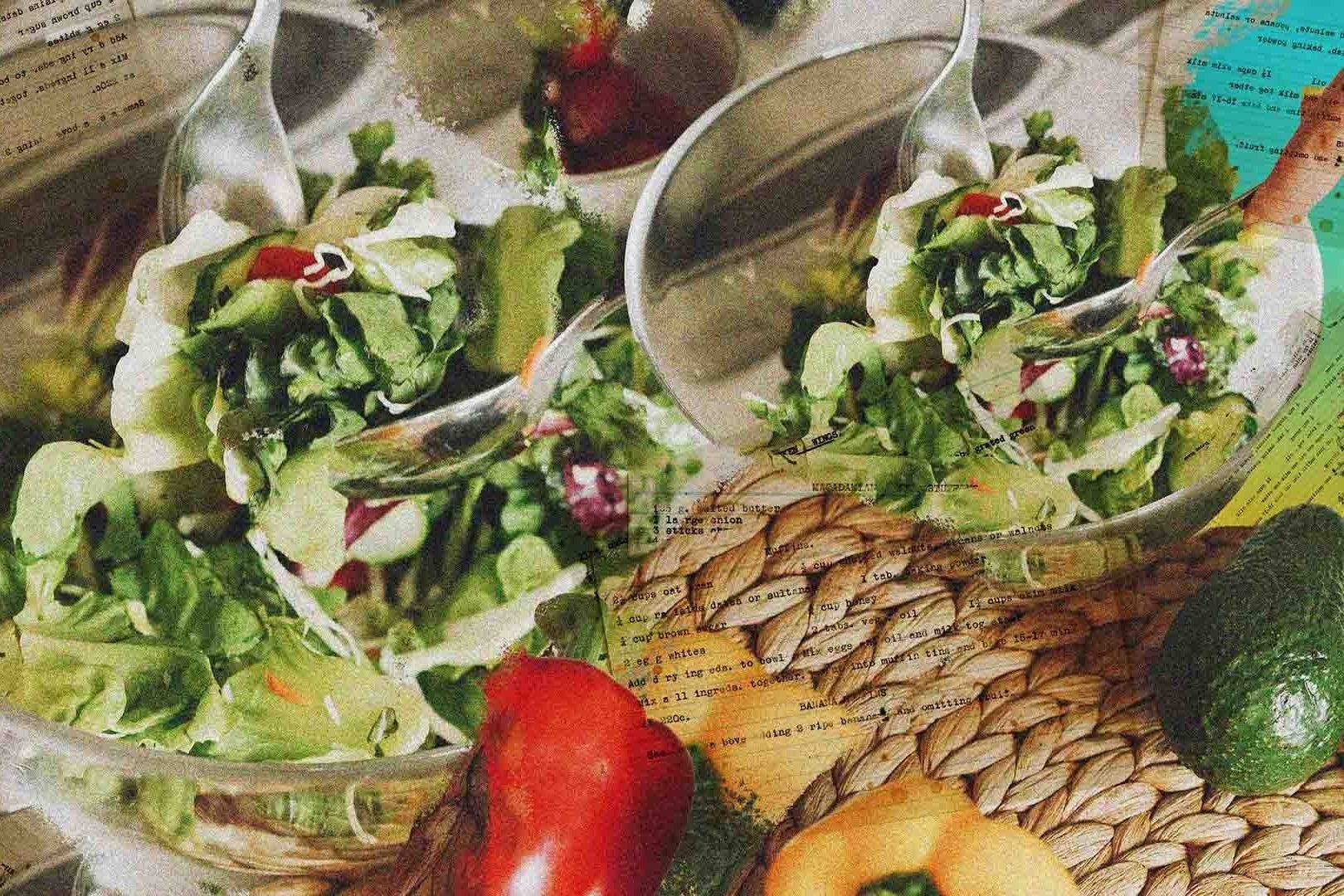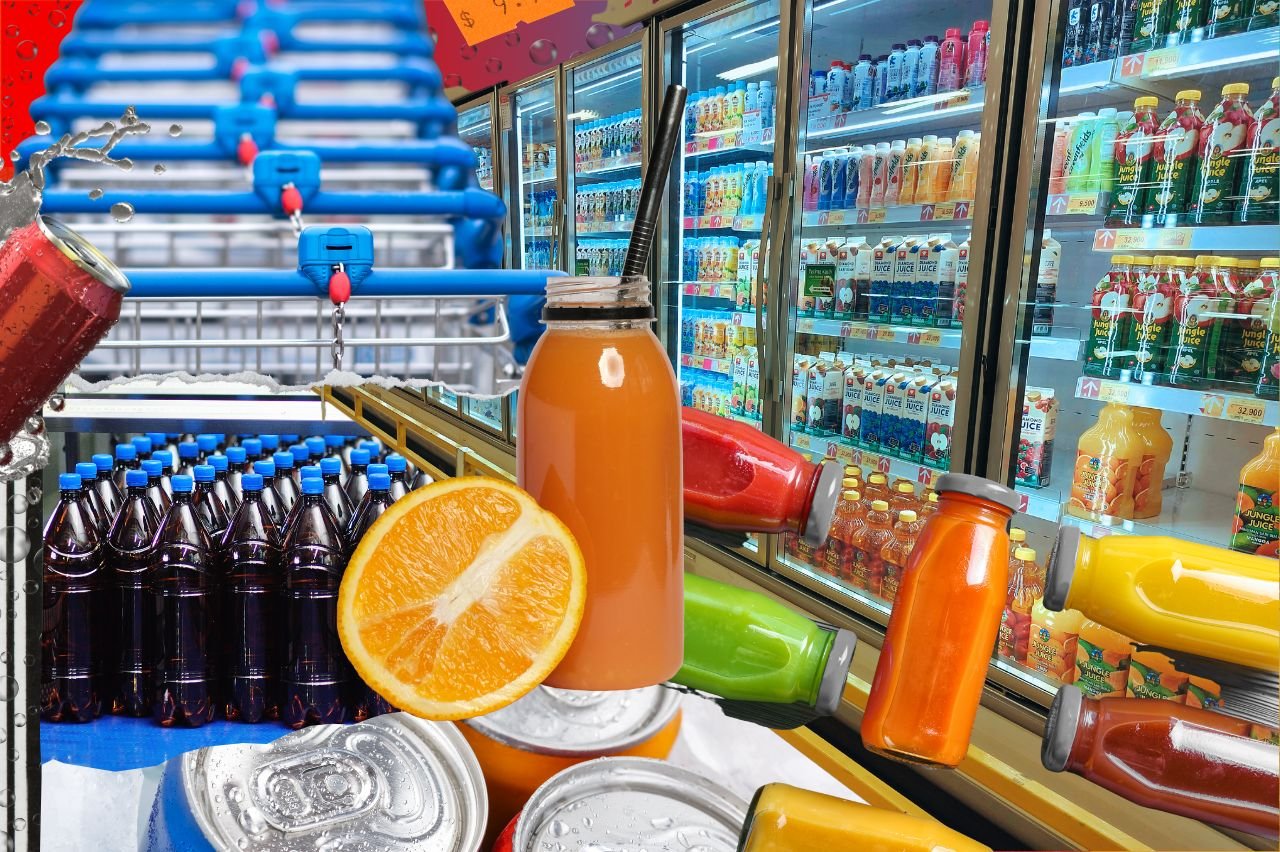Recipes: An Essential Social Media Content Type For Food and Beverage Brands

Recipes serve as a powerful tool for food and beverage companies. According to McCormick, an industry leader in spice blends, 76% of consumers claim they discovered a recipe on social media. Out of those polled, 60% of these respondents belonged to the millennial demographic.
Recipes allow food and beverage companies to showcase the versatility of their products.
Sauces go with pasta, sandwiches, and dips. Beverages can be mixed with others to create a delicious cocktail. Main courses are usually supported by sides. The list of examples go on and on.
Not to mention that recipes are extremely profitable as well. Recipes aren’t just a pillar of social media content for food and beverage brands; they are also part of the foundation of the $1.5 trillion (and growing) health and wellness market. It also helps that nearly 80% of consumers believe wellness is of paramount importance.
Why Recipes
Back in the day, recipes were simply recommendations written out by hand. Now in the 21st century, the concepts remain the same, but with exposure to countless individuals. By marrying recipes with social media marketing, users willingly share their culture, traditions, and family history in a gastronomical way.
On social media, websites, and social platforms host quick tutorial videos that are embedded with backlinks. Throughout a blog, recipes can be tagged by ingredients, so consumers can find a recipe that works with what they’ve got in their pantry.
Ultimately, recipes encourage the universal eater to pump out user-generated content. In other words, they are highly shareable. When customers create something and post it online, they are promoting the brand and creating a sense of community. These recipes can also elicit interactions, sharing experiences and tips with one another.
Types Of Recipes
There are numerous recipes across the social media landscape. These are the most popular we could find:
- Quick and easy According to Nielsen, 93% of consumers say that the convenience of a recipe is an important factor when contemplating what to cook. These days, people don’t have much time on their hands. With fast and easy takeout as a constant temptation, consumers want to make their grub… and make it fast!
- ThemedThese recipes can create excitement specifically for a particular occasion. Think game day snacks. Movie-themed spreads. Holiday-oriented cuisines and mixology.
- SeasonalThe more exclusive the seasonal offering, the better. Seasonal recipes help companies capitalize on the popularity of certain ingredients or flavors during a specific time of year.
Incorporating Video Into Recipes
It’s no secret that we at Firebelly Marketing are very video positive. In fact, you can check out our latest executive brief over here.
Video content is the most popular medium on social media platforms; food and beverage companies can take advantage of this trend by evolving from static images or text-based recipes.
These videos allow customers to see a step-by-step process of creating the recipe — especially important in this era of visual learners. Additionally, these videos can detail the texture and consistency of the dish, which is nearly impossible to convey in an image alone.
According to Wistia, videos up to two minutes in length receive the most engagement. The quicker the video (jam-packed with informative recipe tips), the more likely it will capture their audience’s attention. Specifically, recipe videos generate 12 times more shares than text and image posts combined.
If you want to read more about our video creation services, check out our blog written by our senior content producer over here.
Strategies for Creating Engaging and Shareable Recipes
Obviously, recipes are more than just listing the ingredients and instructions. To stand out from millions of other offerings, brands must follow certain guidelines to make their recipes discoverable.
- Use High-Quality VisualsOne could partner with a product photographer to reach a certain level of quality, but we’ll get to that one in a future pillar blog.
- Incorporate StorytellingHighlight your customer’s problem in the recipe and clearly show how the recipe (or your brand) is the solution. For example, quick healthy snack recipes for kids solve a huge problem for busy moms wanting their kids to eat well.
- Make the recipes easy to followIt’s a recipe, not rocket science. Brands should use clear and concise instructions and provide helpful suggestions to make the recipe foolproof. Bullet points or numbered lists will make the recipe easier to follow.
We at Firebelly Marketing love experimenting with the latest recipes, and are frequently putting our creative skills to the test with new ingredients and techniques! If you’re looking to create more engaging social media content and use the power of recipes to do so, contact us for an intro meeting and we can talk about how we can take your food and beverage brand to the next level.


